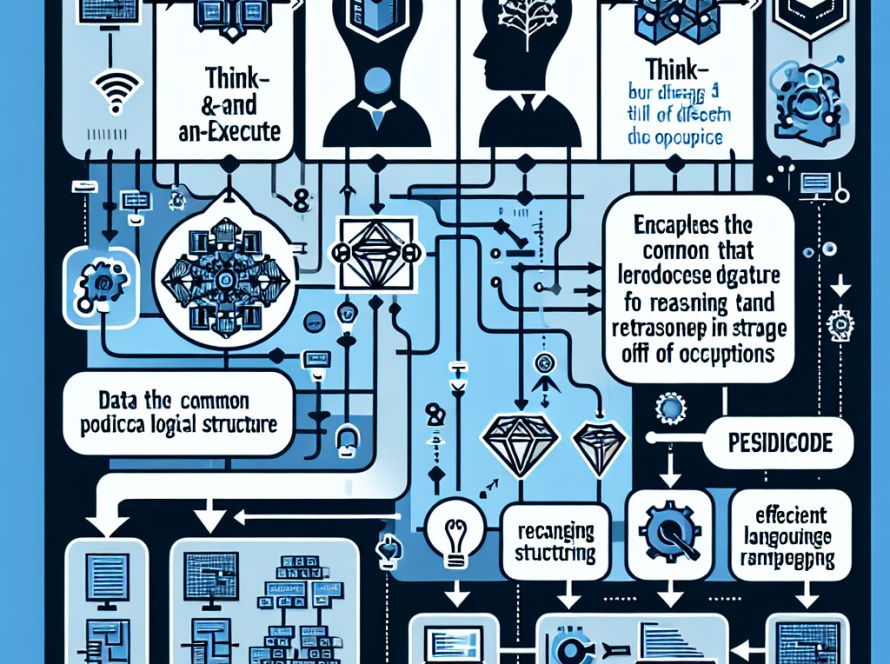The Machine Economy, which consists of billions of decentralized interconnected devices, requires the management of numerous micro-transactions. Distributed Ledger Technology (DLT), such as blockchain, is essential for handling these transactions. While sharding is a common method used for DLT scalability, it often requires expensive cross-shard verification to prevent double spending. This can complicate scalability.
Researchers at Luleå University of Technology have proposed a new method to enhance DLT scalability. They developed ScaleGraph, a scalable DLT that uses dynamic sharding based on distributed hash tables (DHT), a strategy that allows managing dynamic sharding without consensus or ordered history. It is designed to enhance cybersecurity, support frequent micro-transactions between devices and enable cross-shard verification directly. It also supports the creation of a partially ordered Directed Acyclic Graph (DAG) that manages concurrency.
ScaleGraph improves upon current cybersecurity and efficiency issues associated with autonomous device micro-transactions. Its sharding method utilizes nodes close to the sender and receiver for the processing and storing of each transaction. This method enhances data localization and concurrency, providing a more scalable and efficient system than the traditional consensus models.
The researchers note that blockchain has rekindled interest in Byzantine-fault tolerant (BFT) consensus protocols. The ScaleGraph approach allows a node to operate as a leader for multiple sender accounts simultaneously without causing problems. Still, certain issues may occur if multiple transactions involve the same receiver. To prevent these issues, ScaleGraph can implement a locking procedure that stops resource waste from retries.
However, like all sharding methods, security and data integrity are potential issues, particularly since sharding makes it easier for attackers to control smaller groups of nodes. To mitigate such threats, the researchers recommend robust vote counting and periodic rebuilding of shards.
The research concludes that ScaleGraph, which supports overlapping shards for increased parallelism and requires only a partial order of transactions, represents a significant advance in DLT technology providing enhanced performance and security. Future research includes a formal security analysis, an improved failure probability model, and detailed performance evaluation.


